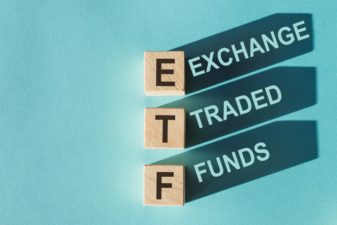When investing, it is very important to keep track of fees. Because if you don’t, they can eat into your returns without you realizing it. The banks make a lot of money every year off of fees, much of which comes from careless investors.
So the banks have plenty of incentive to keep their fees out of plain view. And when trading stocks, these fees can make a dramatic difference in returns.
Not that long ago, all of the banks charged roughly $30 per trade unless you had a big balance or you were a very active trader. Then a lot of smaller websites started popping up, offering trades for as little as $5 to everyone. Slowly but surely, the banks have lowered their fees as well. But two banks have barely budged: Bank of Nova Scotia (TSX: BNS)(NYSE: BNS) and CIBC (TSX: CM)(NYSE: CM).
While the other four big banks offer $10 trades to everyone, Bank of Nova Scotia charges up to $25 per trade, and CIBC up to $28. Only when the account balance exceeds $50,000 or there are numerous trades in a quarter, do these banks offer $10 trades.
So what would these fees do to your returns? Let’s consider a hypothetical example.
Suppose you have two investors: Mike and John. Each starts with $25,000 to invest and wants to hold 25 stocks. Each of them holds on to a company’s stock for an average of two years. And the stocks return 8% per year. The only difference is that Mike invests with RBC (TSX: RY)(NYSE: RY) and John with CIBC. How much money will each have after 10 years?
| Investor | Value in 10 Years | Real Return |
| Mike (RBC) | $49,971 | 7.17% |
| John (CIBC) | $42,711 | 5.5% |
You can see that Mike ends up with $7,000 more than John after 10 years, even though they have the exact same strategy and stock-picking ability. Mike also returns 1.67 percentage points more than John every year.
Foolish bottom line
This is a fairly simplified example, but it demonstrates the effect that fees can have on your portfolio. In fact fees can eat into your portfolio’s returns even more than a few lousy stock picks. But this is not something that CIBC or Scotiabank will tell you up front. Unless you can get their reduced fees, it’s best to avoid these services altogether.








